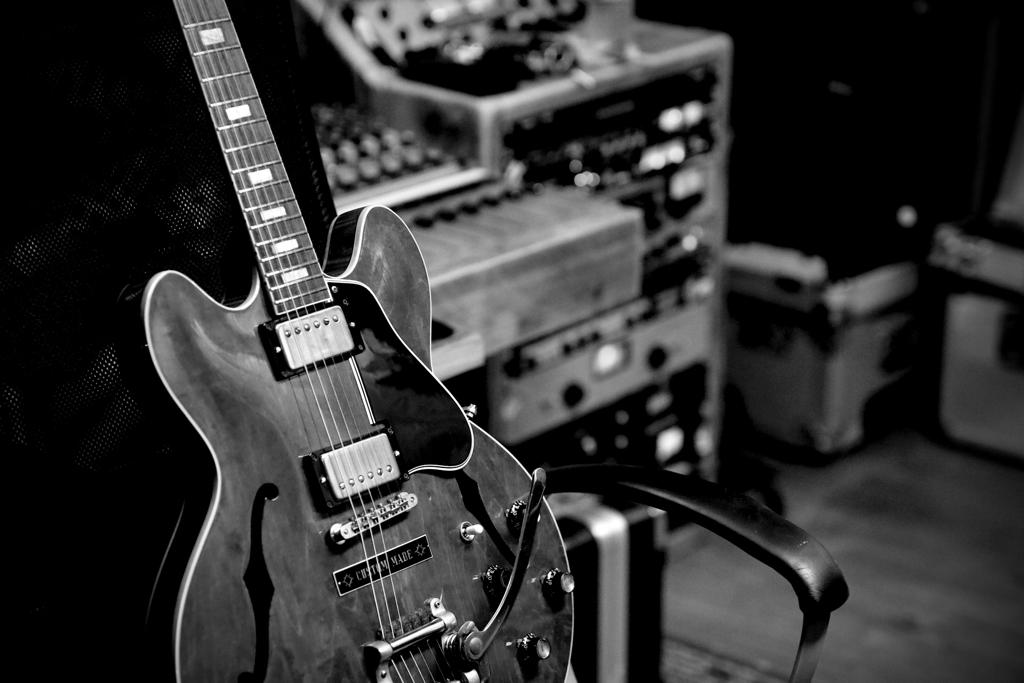Howdy, Stranger!
It looks like you're new here. If you want to get involved, click one of these buttons!
Categories
- 242K All Categories
- 22 >> Start Here <<
- 12 New Members
- 8 FAQs
- 86.8K Gear
- 39.5K Guitar
- 3.4K Acoustics
- 1.3K Bass
- 14.7K Amps
- 17.3K FX
- 274 Digital & Modelling
- 765 Other Instruments
- 8.3K Making & Modding
- 422 Gear Reviews
- 107 Guitar Reviews
- 73 Amp Reviews
- 119 FX Reviews
- 87 Other Reviews
- 750 Made in the UK
- 975 Theory
- 1.9K Technique
- 2.1K Live
- 3.2K Studio & Recording
- 2.1K Making Music
- 220 Events
- 15 Guitar Show 2018
- 831 Plug My Stuff
- 105.3K Classifieds
- 41.1K Guitars £
- 2.8K Acoustics £
- 139 LH Guitars £
- 900 Basses £
- 10.6K Parts £
- 18.3K Amps £
- 34.1K FX £
- 2.8K Studio & Rec £
- 6.1K Misc £
- 465 Personnel
- 54.8K Chat
- 36.6K Off Topic
- 1.1K Tributes
- 6.6K Music
In this Discussion
Become a Subscriber!
Subscribe to our Patreon, and get image uploads with no ads on the site!
New Handwired Marshalls!
Anyone seen these yet?
New handwired amps from Marshall due soon...
New handwired amps from Marshall due soon...
Marshall Amplification is pleased to announce 4 new additions to our classic Handwired range. These models join the 1959HW, 2061X and 1974X in the Marshall Handwired family, providing authentic vintage Marshall tone, build quality and authenticity.
These four ‘new’ units are based on some of the more rare models released in the companies first decade of business, and have never been released by us on a full production level, until now.
The additions to the Handwired Range are as follows:
• 1962HW – A Handwired version of the 1962 ‘Bluesbreaker’ combo. At 30 watts output, this is possibly the ultimate classic valve combo. Featuring 4xECC83 & 2xKT66 valves, Celestion G12-C speakers, GZ34 valve rectifier and classic 4 inputs, all of the nostalgic tone from the original ‘Bluesbreaker’ and more is featured here.
• JTM45THW – A Handwired JTM45 Tremolo Head. Based on the classic JTM45, this version not only features a hand wired turret board but also a valve driven tremolo for authenticity. Also featuring 30 watts output, 4xECC83 and 2xKT66 valves, GZ34 valve rectifier and classic 4 inputs.
• 1958X – An 18 watt combo featuring two Celestion 10” G10-F15 Speakers. Essentially a 2x10” version of the classic 1974X, the amp features 3xECC83 and 2xEL84 valves, an EZ81 valve rectifier, valve driven tremolo, Volume & Tone controls, and two channels (Normal & Tremolo) each with high/low inputs.
• 1973X – An 18 watt combo featuring two Celestion 12” 1221 ‘Greenback’ Speakers. This 2x12” version of the 1974X provides a massive tone along with 3xECC83 and 2xEL84 valve power, valve tremolo circuit, an EZ81 valve rectifier and two channels (Normal & Tremolo) each with Volume & Tone controls and high/low inputs.
As well as each amplifier having its own character, common features across the range include:
• Handwired Tag Board Circuits
• Tremolo Feature (footswitch included with all models)
• Vintage Toggle Switches, power indicators and cosmetic styling
• Made in the UK
• Voltage and Impedance Selector Switch
• Volume, Tone Control and 2 separate channels (1958X and 1973X only)
• Full EQ section and 4 inputs (1962HW and JTM45THW only)
Facebook.com/nashvillesounduk/
0 LOL 0
LOL 0 Wow! 0
Wow! 0 Wisdom
Wisdom
 LOL 0
LOL 0 Wow! 0
Wow! 0 Wisdom
Wisdom Base theme by DesignModo & ported to Powered by Vanilla by Chris Ireland, modified by the "theFB" team.



Comments
"Take these three items, some WD-40, a vise grip, and a roll of duct tape. Any man worth his salt can fix almost any problem with this stuff alone." - Walt Kowalski
"Only two things are infinite - the universe, and human stupidity. And I'm not sure about the universe." - Albert Einstein
Seriously: If you value it, take/fetch it yourself
"Take these three items, some WD-40, a vise grip, and a roll of duct tape. Any man worth his salt can fix almost any problem with this stuff alone." - Walt Kowalski
"Only two things are infinite - the universe, and human stupidity. And I'm not sure about the universe." - Albert Einstein
On the subject of how you get a tremelo cct to operate, I could think of:
- vary the feedback resistor on an op amp
- vary the voltage on the screen of a tetrode
- vary the forward bias on the grid of a triode or the base of a transistor
... are any of those methods used?Seriously: If you value it, take/fetch it yourself
Not in an amp as far as I know.
"Take these three items, some WD-40, a vise grip, and a roll of duct tape. Any man worth his salt can fix almost any problem with this stuff alone." - Walt Kowalski
"Only two things are infinite - the universe, and human stupidity. And I'm not sure about the universe." - Albert Einstein
The Ceriatone Bluesbreaker JTM45 combo uses a grid bias trem system that is all valve and works really well.
Marshall should nick that!
If I wanted one, I'd not pay through the nose, I'd go ceriatone.
I was hoping it wouldn't say "reissue" because it's just an admittance of a lack of imagination or engineering effort...
Seriously: If you value it, take/fetch it yourself
"Take these three items, some WD-40, a vise grip, and a roll of duct tape. Any man worth his salt can fix almost any problem with this stuff alone." - Walt Kowalski
"Only two things are infinite - the universe, and human stupidity. And I'm not sure about the universe." - Albert Einstein